- Choosing the Right Sprouts for Your Home
- 1. Consider the space you have available
- 2. Assess your lighting conditions
- 3. Determine the temperature in your home
- 4. Consider your water availability
- 5. Evaluate your gardening skills and experience
- 6. Research each sprout’s characteristics
- Understanding the Optimal Temperature for Sprouts
- Temperature Range for Sprouts
- Germination Temperature
- Growing Temperature
- Effects of Temperature Extremes
- Monitoring and Maintaining Temperature
- In Conclusion
- Providing the Right Amount of Light for Sprouts
- 1. Natural Light
- 2. Supplemental Lighting
- 3. Duration of Light
- 4. Monitoring Light Intensity
- 5. Rotate the Sprouts
- Watering Techniques for Sprouts
- 1. Correct Frequency
- 2. Watering Methods
- 3. Water Quality
- 4. Watering Time
- 5. Observation
- The Importance of Proper Drainage for Sprouts
- 1. Preventing Overwatering
- 2. Supporting Healthy Root Growth
- 3. Preventing Fungal Diseases
- 4. Avoiding Nutrient Imbalances
- 5. Enhancing Oxygen Availability
- Preventing Common Diseases and Pests in Sprouts
- Disease Prevention:
- Pest Prevention:
- Common Diseases and Pests:
- Nutrient Requirements for Healthy Sprout Growth
- 1. Macronutrients
- 2. Micronutrients
- 3. Water
- 4. Fertilizers
- 5. Nutrient Deficiencies
- Harvesting and Enjoying Fresh Sprouts
- 1. Harvesting:
- 2. Cleaning:
- 3. Storing:
- 4. Enjoying:
- “Question-Answer”
- What are sprouts and why are they popular?
- How do I care for sprouts?
- What temperature is suitable for sprouts?
- What kind of lighting do sprouts need?
- How often should I water sprouts?
- Can I eat sprouts raw?
- What are some common problems that can affect sprouts?
- “Video” Pepper Seedling Care Tips – Keep Young Pepper Plants Happy – Pepper Geek
Growing sprouts at home is an easy and convenient way to add fresh and nutritious ingredients to your meals. Sprouts are packed with vitamins, minerals, and antioxidants and can be used in a variety of dishes, from salads to sandwiches. However, to ensure that your sprouts grow healthy and strong, it is important to provide them with the right care, temperature, illumination, and watering.
First and foremost, sprouts require proper care to thrive. This includes rinsing them regularly to remove any dirt or bacteria that may have accumulated. It is also essential to provide them with adequate airflow to prevent mold or bacterial growth. Additionally, avoid overcrowding the sprouts to allow them enough space to grow. By following these care tips, you can ensure that your sprouts stay healthy and safe to consume.
Temperature is another crucial factor for the successful growth of sprouts. Generally, sprouts prefer temperatures ranging from 18°C to 25°C (64°F to 77°F). However, different types of sprouts may have specific temperature requirements, so it is important to research the optimal temperature for the specific variety you are growing. Maintaining a consistent temperature is vital to prevent stunted growth or damage to the sprouts.
Illumination plays a vital role in the photosynthesis process of sprouts. As such, it is important to place your sprouts in a well-lit area, preferably with indirect sunlight. Direct sunlight can be too harsh and may cause the sprouts to dry out or become damaged. If you are growing sprouts indoors, you can use artificial lighting, such as fluorescent or LED lights, to provide the necessary illumination.
Finally, watering is a critical aspect of sprout care. Sprouts should be watered regularly to keep the growing medium moist, but not soaked. Overwatering can lead to root rot or other fungal diseases, while underwatering can cause the sprouts to dry out and die. The frequency of watering will depend on the specific type of sprout and the environment in which they are growing. It is important to monitor the moisture level and adjust the watering schedule accordingly.
By providing the right care, temperature, illumination, and watering, you can ensure that your sprouts grow healthy and strong. Remember to follow these tips and enjoy the fresh and nutritious addition to your meals!
Choosing the Right Sprouts for Your Home
When it comes to sprouts, there are many different types to choose from. Here are some tips to help you select the right sprouts for your home:
1. Consider the space you have available
Before choosing sprouts, consider the space you have available in your home. Some sprouts require more vertical space to grow, while others need more horizontal space. Determine how much space you can allocate for your sprouts before making a decision.
2. Assess your lighting conditions
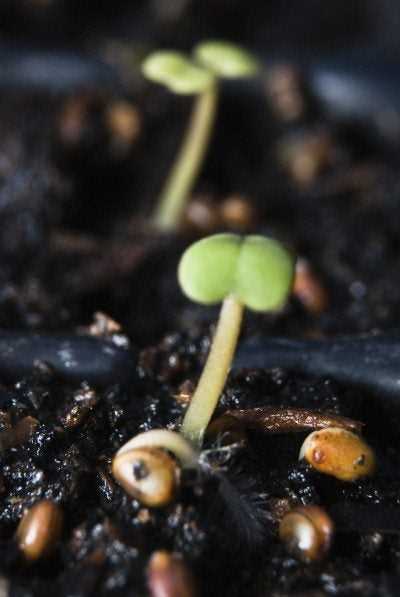
Lighting is an important factor when choosing sprouts. Some sprouts require full sun exposure, while others can tolerate partial shade. Assess the lighting conditions in your home and choose sprouts that will thrive in those conditions.
3. Determine the temperature in your home
Each type of sprout has its own temperature requirements. Some sprouts prefer cooler temperatures, while others thrive in warmer climates. Determine the average temperature in your home and choose sprouts accordingly.
4. Consider your water availability
Sprouts require regular watering to grow. Consider your water availability and choose sprouts that are suitable for the watering schedule you can maintain. Some sprouts require more frequent watering, while others can tolerate more dry periods.
5. Evaluate your gardening skills and experience
If you are new to sprouting, consider starting with beginner-friendly sprouts that are easy to grow and maintain. As your skills and experience develop, you can try growing more challenging sprouts. Evaluate your gardening skills and choose sprouts that align with your level of expertise.
6. Research each sprout’s characteristics
Before making a final decision, research the characteristics of each sprout you are considering. Look into factors such as growth rate, yield, flavor, and nutritional value. This information will help you choose sprouts that align with your preferences and dietary needs.
By considering these factors, you can choose the right sprouts for your home and create a thriving indoor sprouting garden.
Understanding the Optimal Temperature for Sprouts
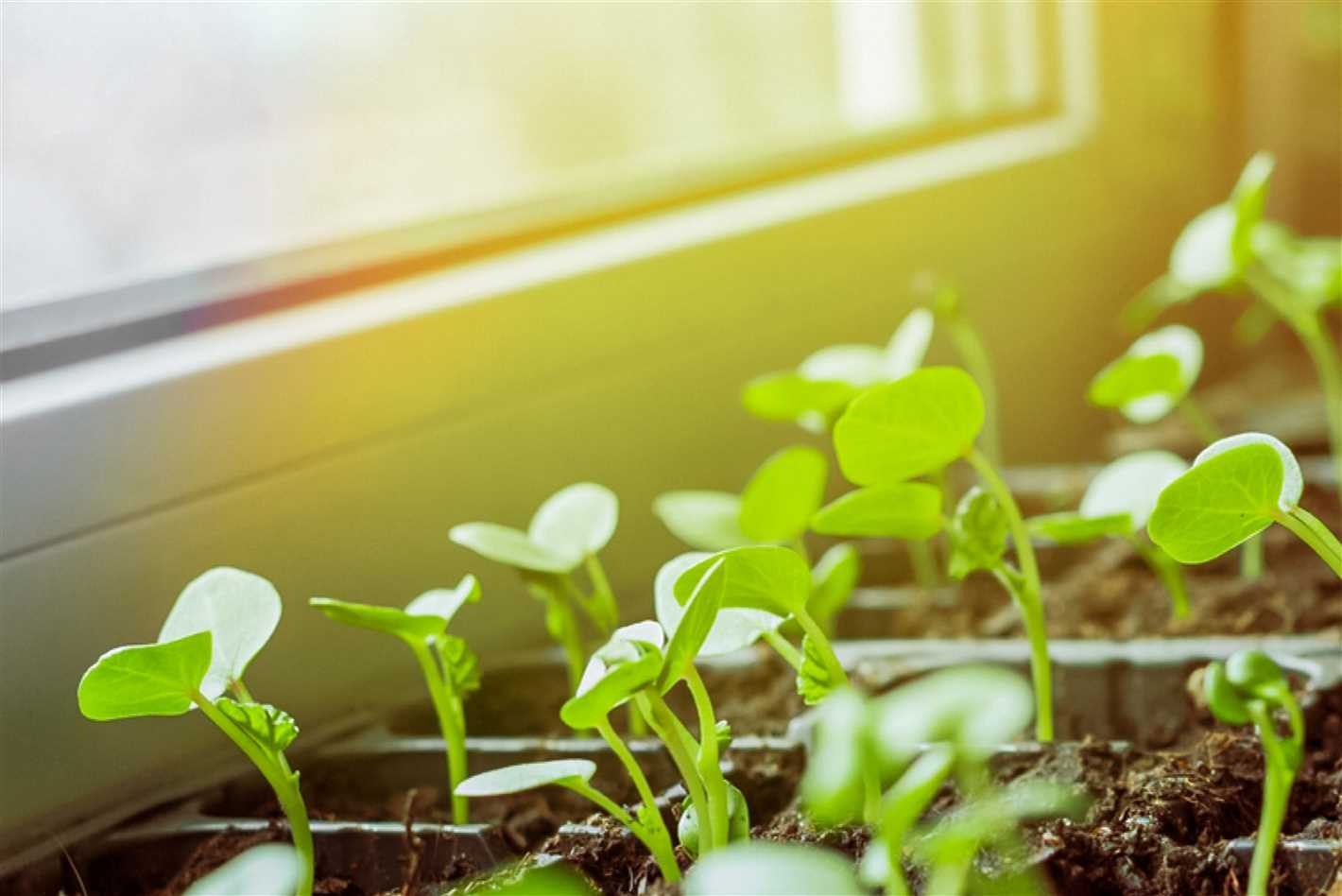
Sprouts are delicate plants that require specific conditions to thrive. One of the most crucial factors for the successful growth of sprouts is the temperature. Understanding the optimal temperature for sprouts is essential to ensure their healthy development.
Temperature Range for Sprouts
The ideal temperature range for sprouts varies depending on the specific type of sprout. However, most sprouts thrive in temperatures between 60°F (15°C) and 85°F (29°C). It’s important to note that temperatures below 40°F (4°C) and above 95°F (35°C) are generally not suitable for sprouts and can hinder their growth.
Germination Temperature
During the germination stage, sprouts require optimal conditions to initiate growth. For most sprouts, the ideal germination temperature is around 70°F (21°C). This temperature promotes the activation of enzymes necessary for germination and ensures a successful sprouting process.
Growing Temperature

Once the sprouts have germinated, maintaining a consistent and appropriate growing temperature is vital for their continued development. Most sprouts thrive in temperatures around 70°F (21°C) to 75°F (24°C). However, it’s important to check the specific temperature requirements for the particular type of sprout you are growing, as some varieties may have slightly different temperature preferences.
Effects of Temperature Extremes
Exposure to excessively high or low temperatures can have detrimental effects on sprouts. High temperatures can cause wilting, dehydration, and stunted growth. On the other hand, low temperatures can slow down growth or even lead to the death of the sprouts. It is crucial to avoid exposing sprouts to extreme temperature conditions and provide them with the optimal range for their healthy development.
Monitoring and Maintaining Temperature
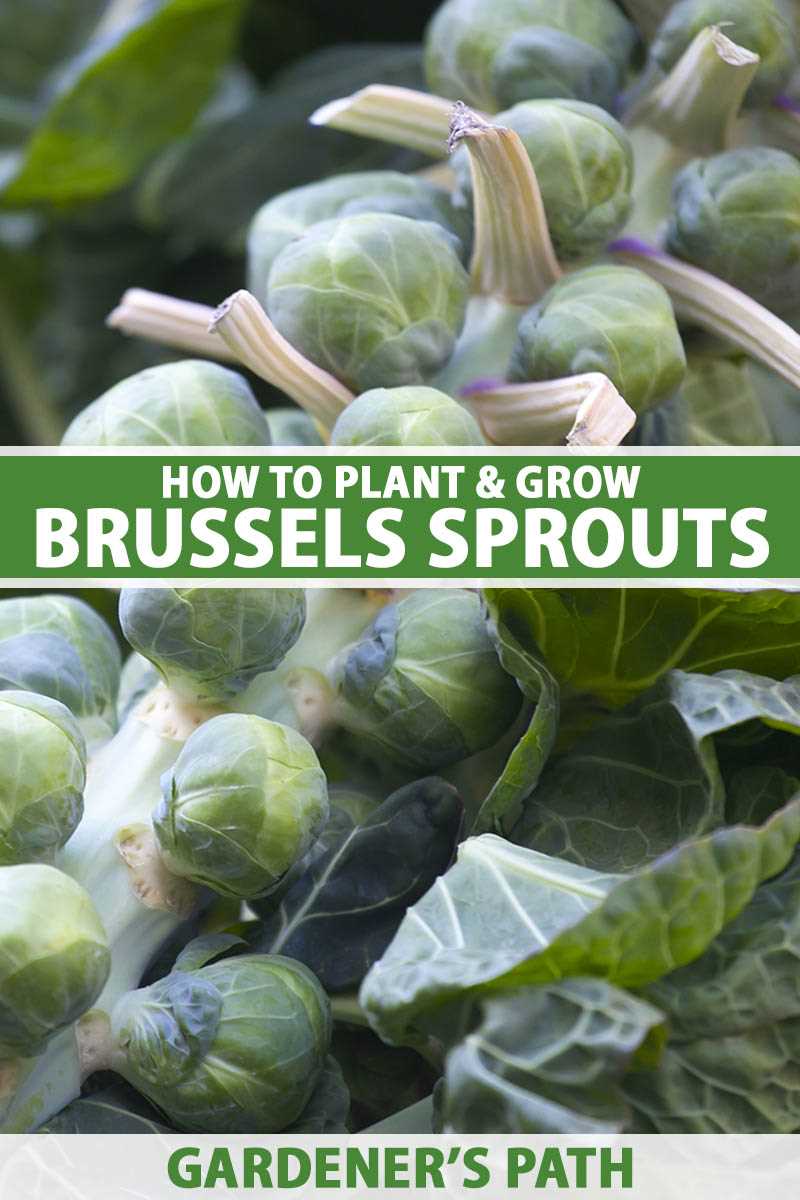
To ensure that sprouts are growing within the optimal temperature range, it is essential to monitor and maintain the temperature in their growing environment. Using a thermometer or temperature-controlled system can help achieve the desired temperature conditions. Additionally, protecting sprouts from extreme weather conditions and providing insulation can contribute to maintaining a stable temperature for their growth.
In Conclusion
The optimal temperature for sprouts falls within the range of 60°F (15°C) to 85°F (29°C). Maintaining an appropriate temperature is crucial for the successful growth and development of sprouts. Monitor and regulate the temperature in their growing environment to ensure they receive the ideal conditions for healthy germination and growth.
Providing the Right Amount of Light for Sprouts
Light is an essential factor in the growth of sprouts. Proper lighting conditions ensure that the sprouts receive the energy they need for photosynthesis, which is crucial for their development. Here are some tips for providing the right amount of light for your sprouts:
1. Natural Light
Place your sprouts in a location where they can receive plenty of natural light. A south-facing window is the ideal spot as it provides the most sunlight throughout the day. However, be cautious of direct sunlight, as excessive heat and intense rays can damage the sprouts. Consider using curtains or shades to filter the light if needed.
2. Supplemental Lighting
If you don’t have access to sufficient natural light, you can use artificial light sources to supplement the lighting conditions for your sprouts. LED grow lights are a popular choice because they provide the right spectrum of light for photosynthesis and are energy-efficient. Position the lights above the sprouts and adjust the height according to the sprouts’ growth to ensure they receive an adequate amount of light.
3. Duration of Light
As a general guideline, sprouts require around 12 to 16 hours of light per day. You can use a timer to automate the lighting schedule. Maintaining a consistent light-dark cycle is essential for the sprouts’ overall growth and development.
4. Monitoring Light Intensity
It’s important to monitor the light intensity to ensure it’s suitable for your sprouts. If the sprouts start to stretch or become leggy, it may indicate that they are not receiving enough light. On the other hand, if the sprouts appear stunted or show signs of burn, it may suggest that they are receiving too much light. Adjust the distance between the light source and the sprouts accordingly to achieve the optimal light intensity.
5. Rotate the Sprouts
To promote even growth and prevent the sprouts from leaning towards the light source, it’s advisable to rotate them regularly. This helps to distribute the light uniformly and avoids any potential imbalances in the sprouts’ development.
By providing the right amount of light for your sprouts, you can create favorable conditions for their growth and ensure healthy and vibrant plants.
Watering Techniques for Sprouts
Proper watering is essential for the healthy growth of sprouts. Here are some helpful techniques to ensure that your sprouts receive the right amount of water:
1. Correct Frequency
Water sprouts regularly to keep the soil evenly moist. Avoid overwatering as it can lead to root rot. On the other hand, underwatering can cause stunted growth or wilting. Check the moisture level of the soil regularly with your finger or a moisture meter.
2. Watering Methods
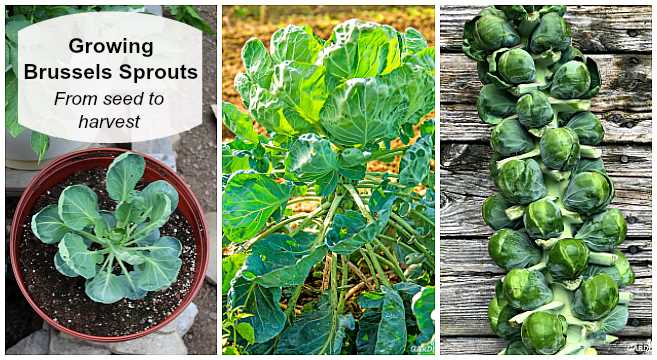
There are a few different watering methods that can be used for sprouts:
- Bottom Watering: Fill a tray or basin with water and place the pot or container with the sprouts into the water. This allows the water to be absorbed from the bottom, preventing overwatering and reducing the risk of fungal diseases.
- Top Watering: Water the sprouts from the top using a watering can or a gentle spray bottle. Make sure to water the soil around the sprouts and not directly on the sprouts themselves. This method is suitable for sprouts that are not prone to damping off (a disease caused by excessive moisture).
3. Water Quality
Use clean, dechlorinated water for watering your sprouts. Chlorine or other chemicals in tap water can harm the delicate sprouts. If you don’t have access to dechlorinated water, let tap water sit out for at least 24 hours before using it to water your sprouts. This will allow the chlorine to dissipate.
4. Watering Time
Water your sprouts in the morning to allow the excess moisture to evaporate during the day. Watering in the evening can create a damp environment that promotes the growth of fungal diseases.
5. Observation
Observe your sprouts regularly to check for signs of overwatering or underwatering. If the leaves appear yellow or the sprouts look wilted despite regular watering, you may need to adjust your watering technique.
By following these watering techniques, you can help your sprouts thrive and grow into healthy plants.
The Importance of Proper Drainage for Sprouts
Proper drainage is crucial for the successful growth of sprouts. Without it, excessive moisture can accumulate in the growing medium, leading to root rot and other water-related problems. Here are a few reasons why proper drainage is essential:
1. Preventing Overwatering
Good drainage helps prevent overwatering of sprouts. When excess water cannot escape from the growing medium, it can pool around the roots, depriving them of oxygen and causing root rot. By ensuring that excess water can easily drain away, you can avoid this issue and keep your sprouts healthy.
2. Supporting Healthy Root Growth
Adequate drainage promotes healthy root growth in sprouts. When water is able to drain properly, roots are encouraged to grow and spread throughout the soil or growing medium. This allows the sprouts to take up essential nutrients and moisture more effectively, leading to stronger and more vigorous plants.
3. Preventing Fungal Diseases
Poor drainage can create a favorable environment for fungal diseases to develop. Excess moisture promotes the growth of fungi, which can attack the roots and other parts of the sprouts. By ensuring proper drainage, you can minimize the risk of fungal diseases and protect the health of your sprouts.
4. Avoiding Nutrient Imbalances
Inadequate drainage can lead to nutrient imbalances in the growing medium. When excess water cannot drain away, it can wash away essential nutrients, leaving the sprouts deprived of what they need for healthy growth. Proper drainage helps maintain the right balance of nutrients in the growing medium, supporting optimal sprout development.
5. Enhancing Oxygen Availability
Proper drainage improves oxygen availability for the roots of sprouts. When water is allowed to drain freely, it creates space for oxygen to penetrate the growing medium. This is important for the respiration process of the roots, enabling them to function properly and support overall sprout growth.
Overall, ensuring proper drainage is essential for the health and success of your sprouts. Through good drainage, you can prevent overwatering, support healthy root growth, prevent fungal diseases, avoid nutrient imbalances, and enhance oxygen availability. By paying attention to the drainage needs of your sprouts, you can set them up for optimal growth and yield.
Preventing Common Diseases and Pests in Sprouts
Proper care and maintenance of sprouts is essential for healthy growth and to avoid common diseases and pests that can damage or destroy your sprouts. Here are some tips to help you prevent and manage these issues:
Disease Prevention:
- Start with quality seeds: Begin with high-quality, disease-free seeds from a reliable source to minimize the risk of introducing pathogens.
- Clean and disinfect: Wash all equipment, trays, and containers used for sprouting with hot soapy water and disinfect them regularly to prevent the spread of diseases.
- Avoid overcrowding: Proper spacing between sprouts promotes good air circulation and reduces the risk of airborne diseases.
- Dispose of infected sprouts: If you notice any signs of disease such as discoloration, rotting, or wilting, promptly remove and dispose of the affected sprouts to prevent the spread of pathogens.
Pest Prevention:
- Inspect regularly: Keep a close eye on your sprouts for any signs of pests such as aphids, mites, or beetles. Early detection can prevent a full-blown infestation.
- Provide good airflow: Ensure proper ventilation around your sprouts to discourage the growth of pests and minimize their likelihood of infestation.
- Practice good hygiene: Keep your sprouting area clean and free of debris to discourage pests from taking up residence.
- Use organic pest control: If pest infestations occur, consider using organic methods such as insecticidal soaps, neem oil, or introducing beneficial insects like ladybugs to control the problem.
Common Diseases and Pests:
Here are some common diseases and pests that can affect sprouts:
| Disease/Pest | Symptoms | Prevention/Treatment |
|---|---|---|
| Fungal Diseases | Yellowing, wilting, rotting | Ensure proper drainage and ventilation, dispose of infected sprouts |
| Bacterial Diseases | Discoloration, softening, wilting | Start with quality seeds, practice good hygiene |
| Aphids | Evidence of small green or black insects on leaves | Inspect regularly, use organic pest control |
| Spider Mites | Webbing, stippling, yellowing leaves | Provide good airflow, use organic pest control |
By following these tips and staying vigilant, you can minimize the risk of diseases and pests in your sprouts, allowing them to grow and thrive.
Nutrient Requirements for Healthy Sprout Growth
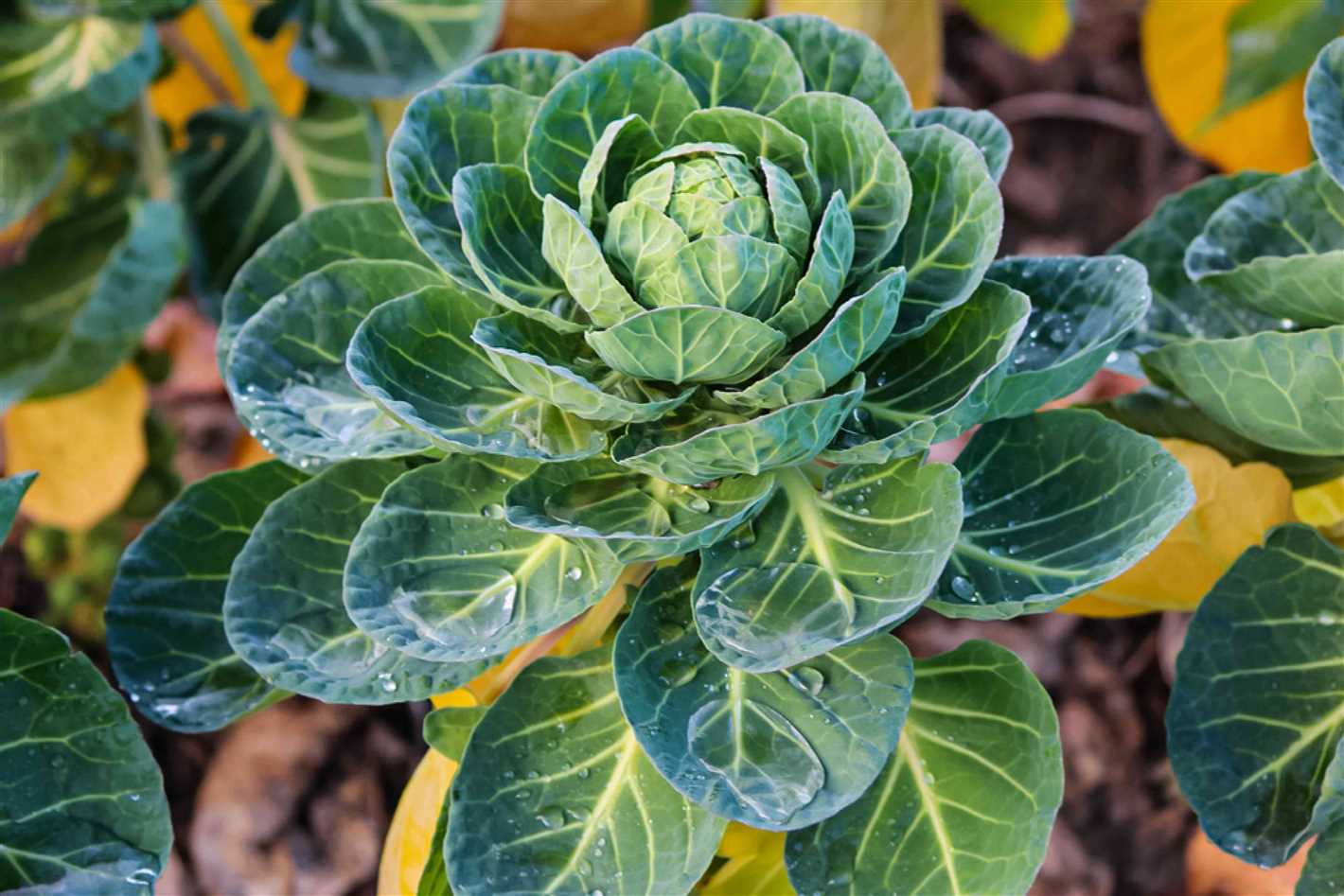
Nutrients are essential for the healthy growth and development of sprouts. Ensuring that your sprouts receive the right balance of nutrients is key to their success. Here are some nutrient requirements to keep in mind:
1. Macronutrients
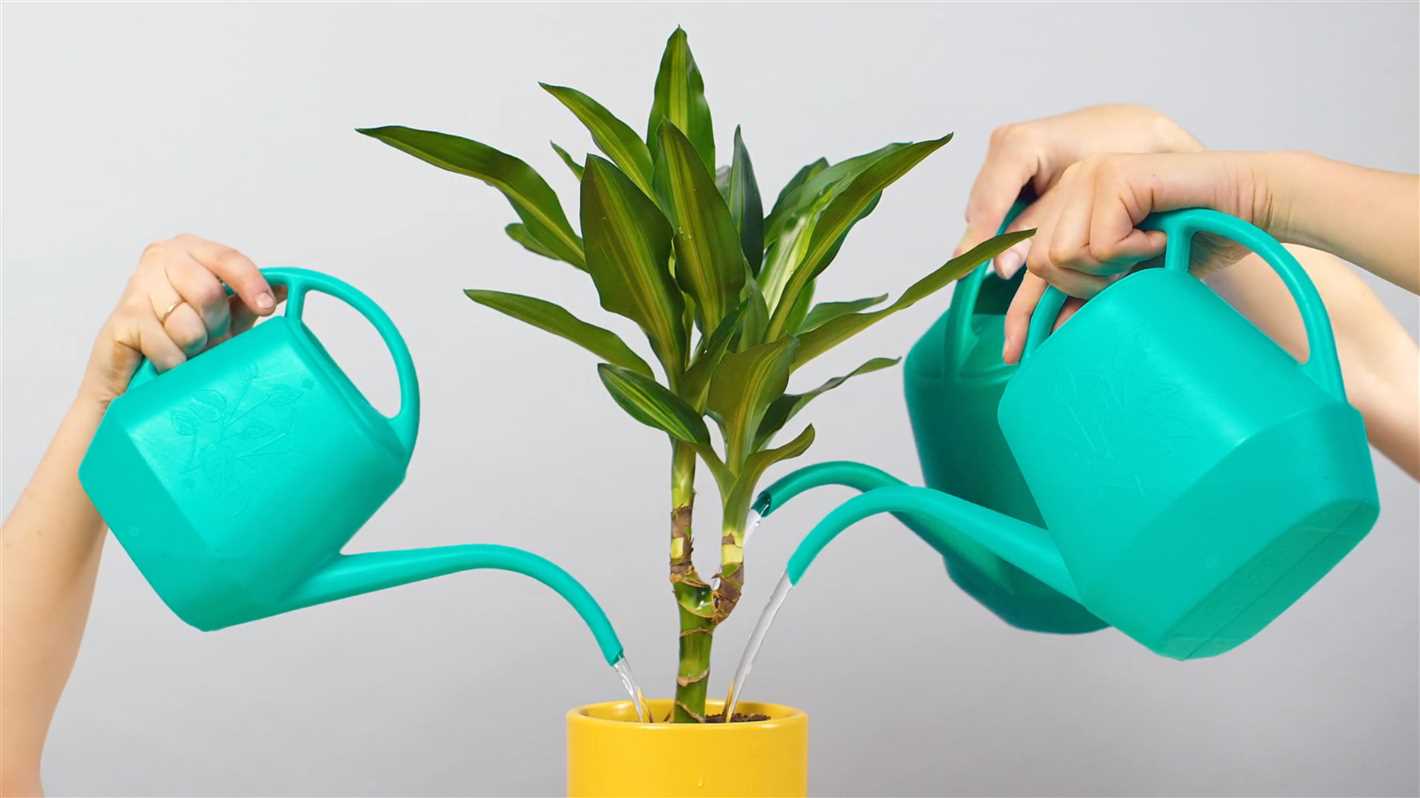
- Nitrogen: Nitrogen is necessary for the formation of chlorophyll and the overall growth of the sprouts. It is responsible for the green color of the leaves and stimulates vegetative growth.
- Phosphorus: Phosphorus promotes root development and helps in the proper transfer of energy throughout the sprout. It is essential for overall growth and development.
- Potassium: Potassium regulates water uptake and improves the overall quality of the sprouts. It also plays a role in disease resistance.
2. Micronutrients
- Iron: Iron is important for chlorophyll production and overall plant health. It is involved in many enzymatic processes and is necessary for energy production.
- Zinc: Zinc is essential for proper growth and development. It aids in the production of growth regulators and is involved in many enzymatic activities.
- Manganese: Manganese is required for the activation of many enzymes and plays a crucial role in photosynthesis.
- Copper: Copper is necessary for the proper utilization of nutrients and is involved in several enzymatic reactions.
3. Water
Water is also an important nutrient for healthy sprout growth. It allows for the proper uptake and transport of nutrients within the plant. Make sure to provide your sprouts with adequate water, but avoid overwatering as it can lead to root rot.
4. Fertilizers
In addition to natural nutrient sources, you can also use fertilizers to supplement the nutrient requirements of your sprouts. Organic fertilizers, such as compost or seaweed extract, can provide a wide range of nutrients. Follow the instructions on the fertilizer package for proper application.
5. Nutrient Deficiencies
If your sprouts show signs of nutrient deficiencies, such as yellowing leaves or stunted growth, it may indicate a nutrient imbalance. Adjust the nutrient levels in your sprouts’ growing environment accordingly to ensure optimal growth and development.
| Nutrient | Function | Sources |
|---|---|---|
| Nitrogen | Formation of chlorophyll and overall growth | Organic matter, compost, fish emulsion |
| Phosphorus | Promotes root development and energy transfer | Bone meal, rock phosphate, guano |
| Potassium | Regulates water uptake and improves quality | Wood ash, banana peels, seaweed |
| Iron | Chlorophyll production and overall plant health | Iron sulfate, chelated iron |
| Zinc | Growth and development, enzymatic activities | Zinc sulfate, zinc chelate |
| Manganese | Enzyme activation, photosynthesis | Manganese sulfate, manganese chelate |
| Copper | Nutrient utilization, enzymatic reactions | Copper sulfate, copper chelate |
Harvesting and Enjoying Fresh Sprouts
Once your sprouts have reached the desired length and have developed their first true leaves, they are ready to be harvested and enjoyed. Here are some tips to help you harvest and savor your fresh sprouts:
1. Harvesting:
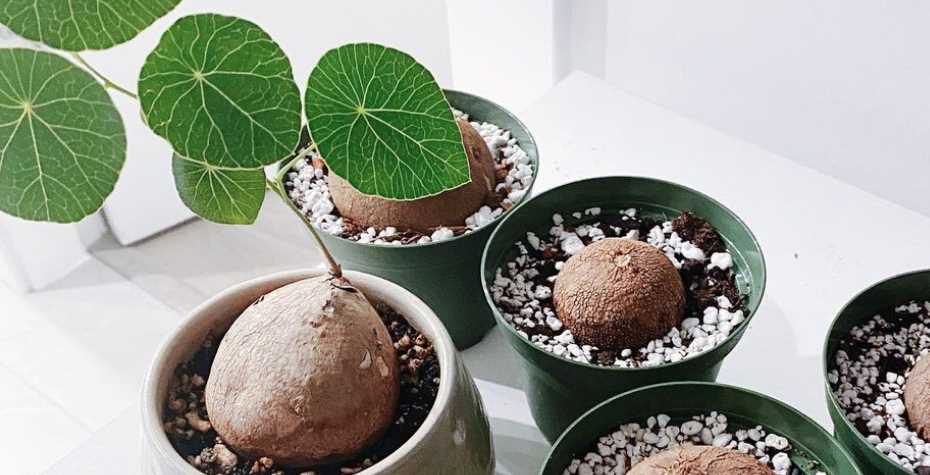
When harvesting sprouts, it’s important to be gentle to avoid damaging the delicate stems and leaves. Here’s how you can harvest them:
- Carefully snip the sprouts with a clean pair of scissors or harvest them by gently pulling the sprouts from the soil.
- Harvest only what you need, leaving the rest to continue growing and producing more sprouts.
- Remove any yellow or decaying leaves before consuming the sprouts.
2. Cleaning:
Before consuming your freshly harvested sprouts, it’s important to give them a good rinse to remove any dirt, debris, or potential bacteria. Here’s how you can clean them:
- Place the harvested sprouts in a colander or strainer.
- Rinse them thoroughly under cool running water, gently swishing them around to ensure all surfaces are cleaned.
- Pat them dry with a clean towel or use a salad spinner to remove excess water.
3. Storing:
For the best flavor and quality, it’s recommended to consume your sprouts immediately after harvesting. However, if you have more sprouts than you can consume at once, here are some tips for storing them:
- Place the cleaned and dried sprouts in an airtight container or a plastic bag with the air squeezed out.
- Store them in the refrigerator at a temperature between 34°F and 38°F (1°C and 3°C).
- Use the sprouts within 2-3 days for optimal freshness.
4. Enjoying:
Once your sprouts are harvested and cleaned, it’s time to savor their fresh and crunchy goodness. Here are some ideas for enjoying your sprouts:
- Add them to salads, sandwiches, wraps, or tacos for an extra crunch and nutritional boost.
- Garnish your soups, stews, or stir-fries with sprouts to add a pop of color and texture.
- Blend them into smoothies for a nutritious and refreshing beverage.
- Eat them as a healthy snack on their own or with a dip.
By following these tips, you can enjoy the fruits of your sprouting efforts and relish in the freshness and flavor of homegrown sprouts.
“Question-Answer”
What are sprouts and why are they popular?
Sprouts are young plants that have just started to grow from seeds. They are popular because they are nutritious, easy to grow, and can be enjoyed in various dishes.
How do I care for sprouts?
To care for sprouts, make sure to provide them with enough water and sunlight. Keep the soil evenly moist, but avoid overwatering. Additionally, protect them from pests and diseases by providing good air circulation.
What temperature is suitable for sprouts?
Sprouts generally prefer temperatures between 60-75°F (15-24°C). It’s important to keep them in a warm environment to promote healthy growth. Avoid exposing them to extreme cold or heat.
What kind of lighting do sprouts need?
Sprouts require bright, indirect light. Place them near a window where they can receive sunlight for a few hours each day. If sunlight is limited, you can use fluorescent or LED grow lights to provide the necessary illumination.
How often should I water sprouts?
You should water sprouts regularly to keep the soil moist but not waterlogged. Depending on the temperature and humidity, this may be every 1-3 days. It’s important to monitor the moisture level of the soil and adjust the watering frequency accordingly.
Can I eat sprouts raw?
Yes, sprouts can be eaten raw and are often added to salads, sandwiches, and wraps. They are a great source of vitamins and minerals. However, it’s important to handle and wash sprouts carefully to reduce the risk of foodborne illness.
What are some common problems that can affect sprouts?
Some common problems that can affect sprouts include overwatering, under-watering, pests, diseases, and poor lighting. It’s important to address these issues promptly to ensure the health and growth of your sprouts.







